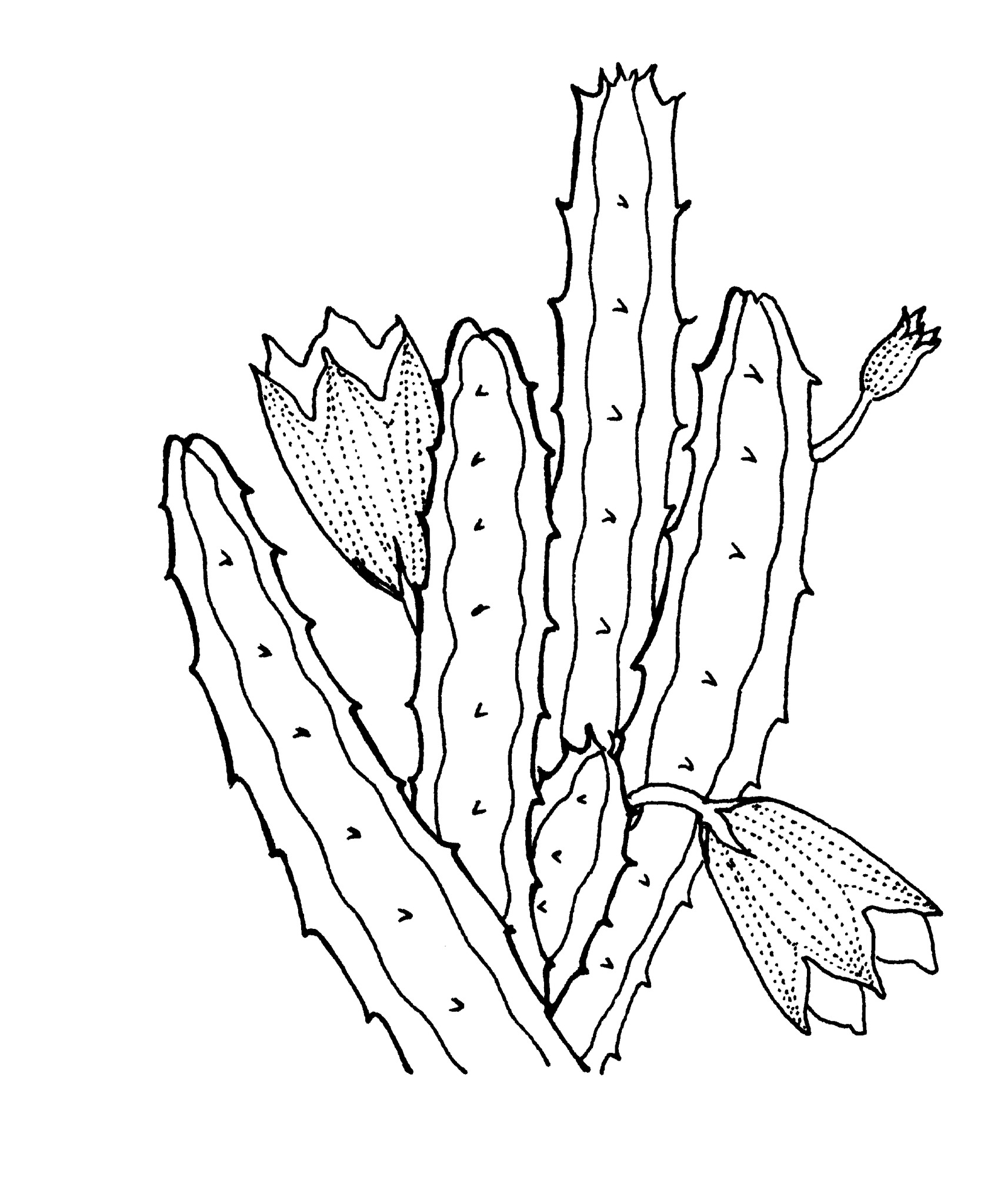
Named for Justus Heurnius (1587–1652), a Dutch missionary.
Perennial, succulent, tufted herbs with clear latex. Stems 4-6-angled, glabrous. Leaves rudimentary; mucilage glands absent. Corolla bell-shaped, subwheel-shaped, rough or warty, hairless; tube short; lobes free at tips, valvate. Annular corona often present; corolline corona absent; staminal and interstaminal coronas present, with the latter sessile or fused to the corolla tube. Follicles tapered at each end; seeds with hair tufts. Some species have a distinctive 'life-buoy' shiny annular corona on the corolla. Many species are held in specialist collections but only a few are offered in the nursery trade.
Seed or cuttings.
Small stapeliad with glabrous stems; interstaminal corona sessile or adnate to the corolla tube.
66 species from Africa.
Leach (1988).
Source: (2002). Hoya. In: . Horticultural Flora of South-eastern Australia. Volume 4. Flowering plants. Dicotyledons. Part 3. The identification of garden and cultivated plants. University of New South Wales Press.
